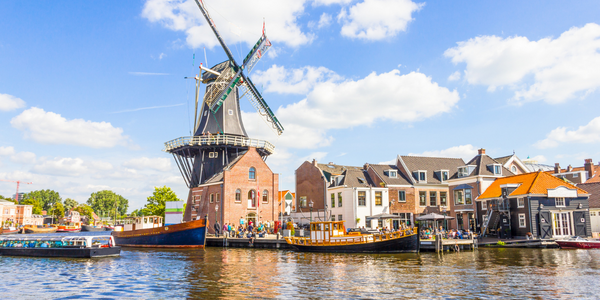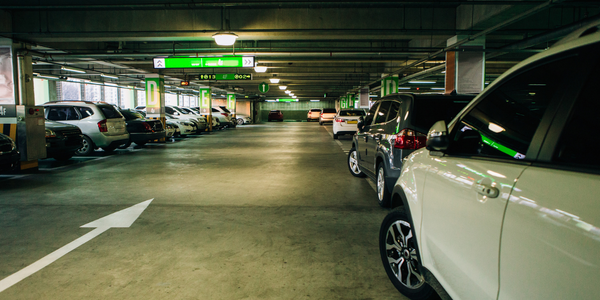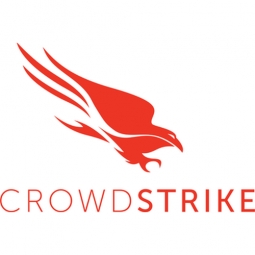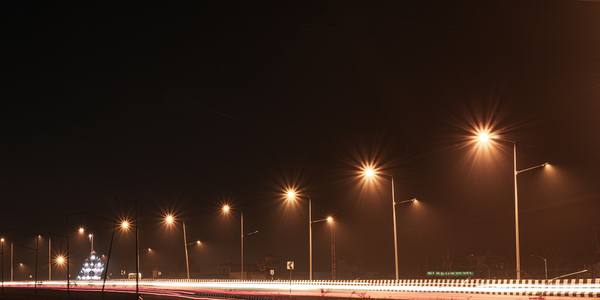公司规模
Large Corporate
地区
- America
国家
- United States
产品
- Falcon Device Control™
- Falcon Insight™
- Falcon Prevent™
- CrowdStrike Threat Graph®
技术栈
- Endpoint Detection and Response (EDR)
- Next-Generation Antivirus
- Cloud-Delivered Device Control
实施规模
- Enterprise-wide Deployment
影响指标
- Cost Savings
- Customer Satisfaction
- Productivity Improvements
技术
- 网络安全和隐私 - 端点安全
- 网络安全和隐私 - 网络安全
适用行业
- 城市与自治市
- 安全与公共安全
适用功能
- 商业运营
用例
- 网络安全
- 入侵检测系统
- 远程资产管理
服务
- 网络安全服务
- 系统集成
关于客户
The State of Oklahoma is a large governmental entity responsible for providing a wide range of services to its four million citizens. It encompasses 128 agencies, including wildlife, driver licenses, child welfare, environmental quality, and health, as well as all centralized government services. The state operates a network of 10,000 servers and 1,200 applications, covering 77 counties. With a workforce of 30,000 employees, the state is tasked with delivering critical services efficiently and effectively. The COVID-19 pandemic significantly impacted its operations, as 98% of employees transitioned to remote work, increasing the complexity of its cybersecurity needs. The state is committed to protecting its assets and ensuring a modern digital experience for its citizens.
挑战
The State of Oklahoma faced a complex cybersecurity challenge, defending a vast attack surface that included 128 external agencies and 120,000 endpoints. The situation was exacerbated by the COVID-19 pandemic, which forced 98% of state employees to work remotely, removing the traditional 'castle wall' of secure networks. This shift increased the threat landscape, making every user, citizen, and household a potential entry point for cyberattacks. The state needed to protect its assets and deliver a modern digital experience to its four million citizens while ensuring efficient and effective service delivery. The volume of attacks was staggering, with 61 million attacks occurring daily, necessitating a robust and comprehensive cybersecurity strategy.
解决方案
To address its cybersecurity challenges, the State of Oklahoma implemented a portfolio of CrowdStrike solutions as part of a Zero Trust cybersecurity strategy. This approach extended protection beyond state operations to include the entire region and even into citizens' homes. The state established the Oklahoma Information Sharing and Analysis Center (OK-ISAC) to foster a community-based security ethos, making cybersecurity a shared responsibility. OK-ISAC plays a crucial role in educating and preparing citizens for safe online activities, reaching across diverse sectors to provide support and foster information sharing. CrowdStrike's solutions, including Falcon Device Control™, Falcon Insight™, and Falcon Prevent™, were deployed to protect 35,000 endpoints. These tools provided deep capabilities to detect and contain threats quickly, supporting remote work environments and enhancing the state's overall cybersecurity posture. Over 18 months, the state completed 38 cybersecurity initiatives, including new cloud proxy servers and VPNs, positioning itself at the forefront of cybersecurity capabilities.
运营影响
数量效益

Case Study missing?
Start adding your own!
Register with your work email and create a new case study profile for your business.
相关案例.

Case Study
Turning A Stadium Into A Smart Building
Honeywell created what it called the “intelligent system” for the National Stadium in Beijing, China, turning the venue for the opening and closing events at the 2008 Summer Olympics into a “smart building.” Designed by highly controversial artist Ai Weiwei, the “Bird’s Nest” remains one of the most impressive feats of stadium architecture in the world. The 250,000 square meter structure housed more than 100,000 athletes and spectators at a time. To accommodate such capacity, China turned to Honeywell’s EBI Integrated Building Management System to create an integrated “intelligent system” for improved building security, safety and energy efficiency.
.png)
Case Study
Smart Street Light Network (Copenhagen)
Key stakeholders are taking a comprehensive approach to rethinking smart city innovation. City leaders have collaborated through partnerships involving government, research institutions and solution providers. The Copenhagen Solutions Lab is one of the leading organizations at the forefront of this movement. By bringing together manufacturers with municipal buyers, the Copenhagen Solutions Lab has catalyzed the development and deployment of next-generation smart city innovations. Copenhagen is leveraging this unique approach to accelerate the implementation of smart city solutions. One of the primary focus areas is LED street lighting.

Case Study
Buoy Status Monitoring with LoRa
The Netherlands are well-known for their inland waterways, canals, sluices and of course port activities. The Dutch Ministry of Infrastructure indicates that there are thousands of buoys and fixed items in and near water environments that would profit from IoT monitoring. One of the problems with buoys for example, is that they get hit by ships and the anchor cable breaks. Without connectivity, it takes quite some time to find out that something has happened with that buoy. Not to mention the costs of renting a boat to go to the buoy to fix it. Another important issue, is that there is no real-time monitoring of the buoys at this moment. Only by physically visiting the object on the water, one gains insight in its status.

Case Study
Barcelona Case Study
Barcelona’s heavy traffic and its associated high levels of pollution were the primary factors that motivated some companies and universities to work on strategies for improving traffic in the city centre. Bitcarrier is one of the technologies involved in the In4Mo Project, whose main objective is to develop the applications that form the core of smart mobility, one of the fundamental pillars of the smart city concept.

Case Study
China Mobile Smart Parking
Smart Parking, powered by NB-IoT technology, is making it easier for drivers to find free parking spots. Cities can better manage their parking assets and maximize the revenue available to them as a result. Drivers searching for parking create congestion and pollution by circling and hunting for available parking. Smart Parking services are able to significantly ease these problems by guiding a driver directly to a parking space.








